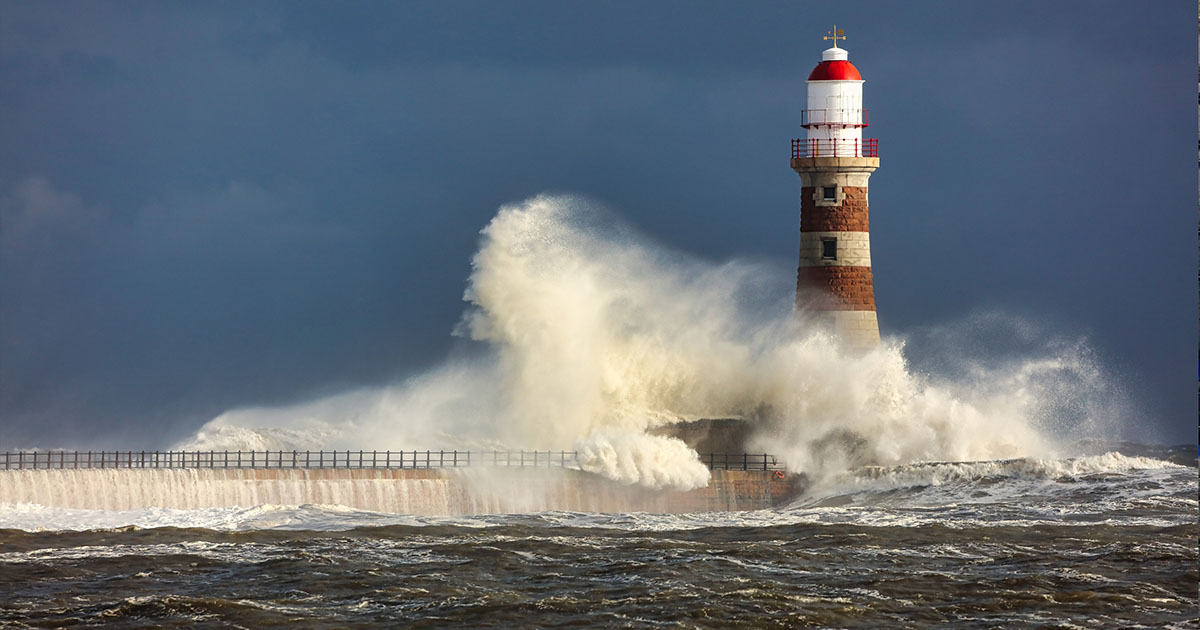Angus Davidson
Head of Private Debt Real Assets, APAC
AEW
Where does infrastructure investing go from here?
From close to zero 25 years ago1, global infrastructure assets owned by institutions now total $1.3 trillion and counting.
Within this total, infrastructure debt, driven by investors’ desire for yield and stable long-term returns, has risen to $168bn, according to Preqin, the data provider.
But infrastructure as an asset class is maturing, and with competition for developed country assets fierce, many investors are now reviewing their options, aiming to maintain or enhance returns without increasing risk*.
Perhaps surprisingly, Asia could be the solution. “Asia has some of the best relative value in infrastructure debt right now,” says Angus Davidson, Head of Private Debt Real Assets, APAC, at AEW, an affiliate of Natixis Investment Managers. “The yields in Asia can be higher, but the overall risk is very similar to the US, Europe and Australia.”
The power shift in Asia
Asia remains very much the fastest-growing region in terms of population, GDP, manufacturing and consumption.
Its growth trajectory requires unprecedented scale and speed of infrastructure development. According to the Asian Development Bank, developing Asia will need to invest some $13.8 trillion in infrastructure from 2023 to 2030 to sustain economic growth, reduce poverty and respond to climate change.
Electrical infrastructure will be a major recipient of this investment, as electricity demand expands by 5% a year across Asia2. Another rapidly growing infrastructure segment is data centres, whose owners are increasingly seeking green power. According to Moody’s, data centre capacity in the APAC region will more than double by 2028, growing at a rate of almost 20% per annum.
“Asia’s growth requires a huge amount of power and while fossil fuels will no doubt have to play a part in a ‘just transition’, a large part will be via renewables, with the proportion increasing over time as the economics of green energy keep getting better,” Angus says.
India alone has set a target of 500GW of renewable energy by 2030. This compares to 60W of installed renewable energy in the UK, for example. “It’s a huge step-up in capacity,” Angus says. “Last year India added close to 30GW of renewable power, but they know they can’t do it all on their own, they need outside investment.”
The demand for renewables has been further boosted by net zero targets, which have been set by the majority of Asian governments. The IMF estimates that meeting net zero in developing Asia requires investment of some $1.1 trillion a year to meet government targets, a figure that is out of reach for governments alone.
Private assets follow policy incentives
From an investor standpoint, the question is how to harness this enormous, multi-decade opportunity in Asia.
Asian governments are providing the answer themselves, facilitating foreign investment and expertise to help their countries transition from fossil fuel-based growth to more sustainable growth based on renewable energy.
“Historically, Asian infrastructure debt has been dominated by the banking market. With the structures being put in place across Asia, non-bank financial institutions can participate in a deep and steady pipeline of attractively priced green and sustainable assets,” says Angus.
Take the case of India, which currently provides a sizeable and accessible investment opportunity. Deals in India were once complicated to execute, with individual Indian states organising their own renewables procurement and investors often balking at the accompanying lack of transparency and co-ordination.
The Indian government has now seized the transition reins – centralising bidding, making land available for immediate development, simplifying and speeding project approval processes, and offering long-term contracted power supply agreements. The greater certainty over projects has greatly eased the ability to raise debt for them. As a result international banks have increased activities in arranging debt in both local and international currencies.
AEW notes there were a number of large USD denominated infrastructure debt transactions in India in 2024, and more have followed in 2025.
Although the Indian opportunity currently predominates, deal flow from Malaysia and the Philippines is growing fast too. Malaysia’s attractiveness as a data centre location, close to Singapore and with access to renewable energy has seen over USD 5 billion in project financings in the first half of 2025 alone, much of it denominated in USD, supporting large international sponsors.
Likewise, the Philippines has sought to improve its attractiveness to infrastructure investors by amending its Public Service Act to enable 100% foreign ownership of public services, such as energy and data centre projects, and launching its Green Energy Auction Program (GEAP) which has allowed parties to bid for various types of renewables developments – the fourth round in early 2025 sought to add 9.4GW of solar, onshore and offshore wind and storage – the fifth round later in 2025 will focus on offshore wind.
In a similar vein, Vietnam has updated its Power Purchase Agreement rules to allow renewable energy generators to bypass the state utility and sell directly to large consumers.
Angus says: “As a rule, if the right regulations are in place, then what we have seen is that the private sector will follow.”
The rise of global financing techniques
Investors with long memories may look askance at the idea of investing in developing Asian countries, given previous experience with defaults and the alarming currency slides during the late 1990s Asian crisis.
Such worries are understandable but misplaced, AEW believes. For a start, private infrastructure debt – which barely existed at the time of the Asian crisis – is the most resilient of all the private credit categories. “The Moody’s default stats are telling,” says Angus. “Over nearly 40 years of data, the default rate for infrastructure has been better than for corporate debt.”3
More importantly, default stats for Asian infrastructure debt are on a par with those in developed markets. Most people would be surprised to learn that they are better than the US, for example, and about the same as Europe.
This may seem counter-intuitive, but there are clear reasons for it. In developed markets, defaults tend to reflect over-exuberant structuring as competition for assets intensifies. In developing markets, defaults are related more to country risk. However, country risk in developing Asia is now not as acute as in previous years, and heavily mitigated by offshored project finance structures.
These structures typically reflect global financing techniques, with similar participants and security packages. Sponsors, security and accounts can all be offshore from the location of the asset, and project financing facilities often have covenants and triggers to get lenders and sponsors together prior to any defaults.
The result is that a given Asian asset, which looks identical in all but location to a developed market asset, can return around 30bps-40bps a year more to investors.
A range of potential diversification benefits
Asian infrastructure debt can introduce significant diversification into a portfolio.
Angus says: “Most people realise the importance of having Asian exposure when seeking diversification across a variety of project finance markets. In developed markets, we are moving towards the end of the cycle – terms and conditions are very competitive, and pricing is waning, so it’s more of a borrower’s market. We are in a different stage of the market in Asia.”
For new investors to the asset class, infrastructure debt offers low correlation to corporate debt and other types of private debt. Direct lending, for instance, is popular among large institutions but can expose them to variable default rates and lower recovery rates which may impair headline returns.
“We see our approach as stocked with unflashy, stable investments with fewer impairment issues,” Angus says. “If you are lending to power stations that keep the lights on, these are essential services so it’s much more stable and prices are less elastic.”
Infrastructure debt can also provide diversification at portfolio level. Although, 50% of AEW’s Asian investments are in renewables, this segment offers great dispersion in its own right, encompassing rooftop and ground solar, off and onshore wind, as well as a range of storage and battery technologies.
Making a difference, reaping the benefits
Although ESG principles and standards are generally less embedded in Asia than in Europe, AEW’s approach to Asian infrastructure investment has a strong ESG underpinning. AEW structured and arranged one of the first project financings in Hong Kong under the Green and Sustainable Finance Certification Scheme, financing a portfolio of rooftop solar assets for the PAG Group. “The ability to act in the primary market sets us apart” says Angus. “We create products that fit our investors’ requirements”.
In fact, the IFC – the largest global development institution focused on the private sector in emerging markets, and part of the World Bank – has publicly announced4 its intention to be a major investor in AEW’s emerging Asia environmental and social infrastructure debt strategy.
Asia produces 50% of the world’s greenhouse gas emissions, so there is no net zero without decarbonising Asia, says Angus. “We both believe we help pave the way to a steady, just energy transition”.
“If people want to make a true impact, and be rewarded financially, they can’t just invest in the OECD. Asia is where they can make a difference and reap the benefits of doing so.”
Written in September 2025








